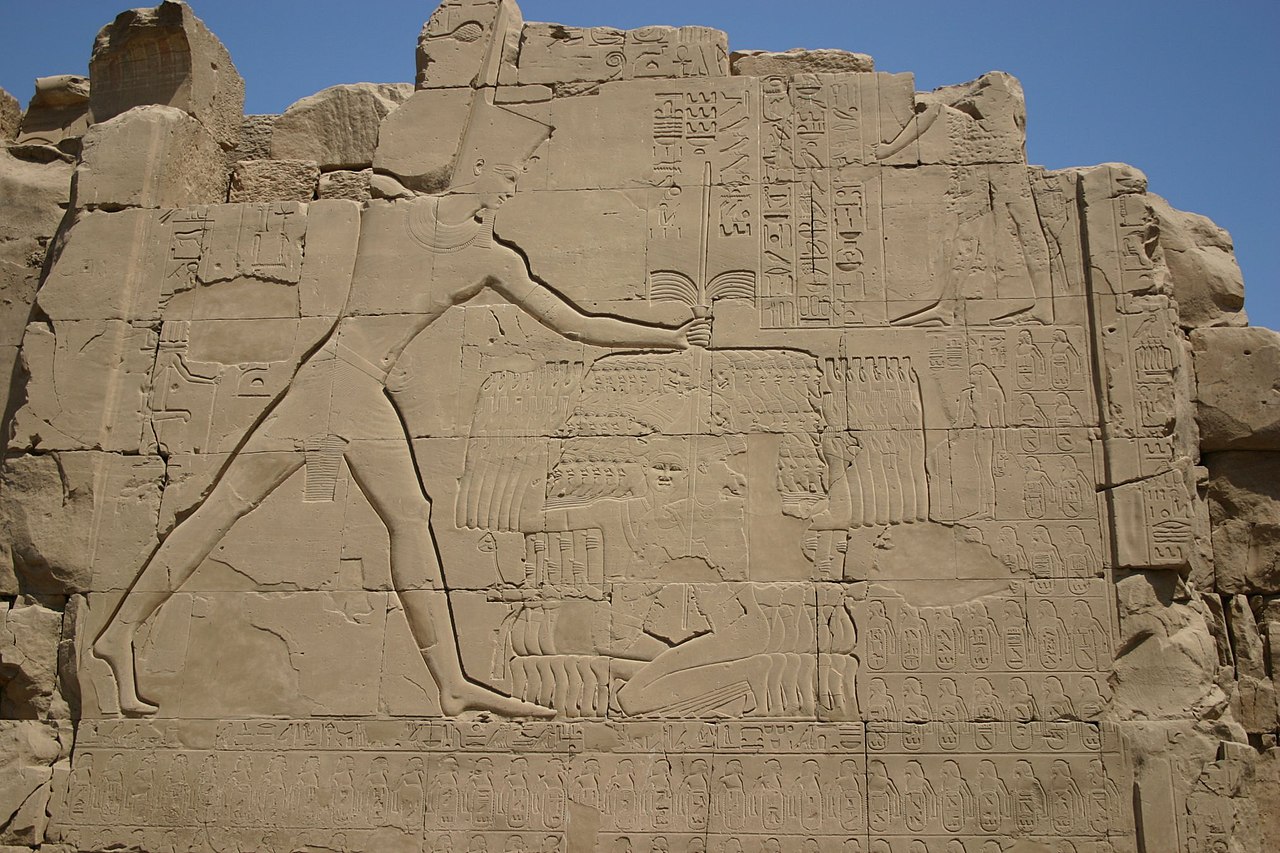Some kings found kingdoms, others give them constitutions while some are tasked to expand frontiers.
And to expand the empire’s frontiers is exactly what Pharaoh Thutmose III did, flexing ancient Egypt’s military muscle right into the kingdom of Mitanni, in modern-day Syria and Turkey.
Thutmose III (unknown-ca 1426 B.C.) emerged to stake his claim after the rule of Hatshepsut, the regent-turned-pharaoh who was also his stepmother and aunt.

Proving to be a brilliant military strategist, Thutmose III transformed Egypt from an inward-looking kingdom into a triumphant, conquering nation. He conquered lands from the Niya Kingdom in northern Syria to the Fourth Cataract of the Nile in Nubia.
Now known as the Annals of Thutmose III, scribes with Thutmose III describe how just months after becoming pharaoh, he marched with an army of 20,000 soldiers to Megiddo, in modern-day northern Israel – a site better known by its Greek name, Armageddon.
First surging through a treacherous mountain pass on his gold chariot to mount a deadly direct attack on Megiddo with his military against the counsel of his advisers, the opponents were stunned and when remnants retreated within the city walls, Thutmose III laid siege to Megiddo for seven months, mercilessly starving out its remaining inhabitants until they surrendered.
:max_bytes(150000):strip_icc():format(webp)/statue-of-tuthmosis-iii-great-temple-of-amun-eastern-sector-karnak-temple-complex-luxor-thebes-unesco-world-heritage-list-1979-egypt-egyptian-civilization-new-kingdom-dynasty-xviii-479639733-589d24aa3df78c4758b97609.jpg)
We get a better picture why the expedition was against the prince of Kadesh who was in Megiddo.
“The prince of Kadesh (which is on the River Orontes), backed by the king of Mitanni, made a coalition with the heads of Egypt’s vassal cities of northern Palestine and Syria. Kadesh was in charge. After forming the coalition, the cities openly rebelled against Egypt. In retaliation, Thutmose III attacked.”
Over the course of 17 campaigns, Thutmose III is credited with securing more territory than any other pharaoh.
“The spoils from Thutmose III’s military campaigns—including plunder, taxes, and tribute—vastly enriched Egypt’s treasury and made him the richest man in the world at the time. But he also secured human capital from his captured lands. The sons of conquered rulers were taken to Egypt and educated at court. Acclimated to Egyptian ways, those offspring returned home sympathetic to Egyptian rule,” according to the nationalgeographic.com.

“Thutmose III’s annals were inscribed on the sanctuary walls at the great Temple of Amun at Karnak. The Festival Hall there depicts the fauna and flora—including 275 plants—he collected on his Asian campaigns. He installed obelisks at Karnak and built the sun god temple at Heliopolis. And by destroying—albeit incompletely—references to Hatshepsut and her reign, Thutmose III fashioned a direct line to his eponymous predecessors, strengthening his claim and his legacy as the rightful and most powerful ruler of Egypt,” the site further added.
Thoughtco.com submitted: “The Egyptian troops entered the fortress at Megiddo to plunder. They took almost a thousand chariots, including the prince’s, more than 2000 horses, thousands of other animals, millions of bushels of grain, an impressive pile of armor, and thousands of captives. The Egyptians next went north where they captured 3 Lebanese fortresses, Inunamu, Anaugas, and Hurankal.”

Thutmose III was the sixth pharaoh of the Eighteenth Dynasty. Officially, he ruled Egypt for almost 54 years and his reign is usually dated from 24 April 1479 BC to 11 March 1425 BC, from the age of two and until his death at age 56; however, during the first 22 years of his reign, he was co-regent with his stepmother and aunt, Hatshepsut, who was named the pharaoh. While he was shown first on surviving monuments, both were assigned the usual royal names and insignia and neither is given any obvious seniority over the other.
During the final two years of his reign, he appointed his son and successor, Amenhotep II, as his junior co-regent. His firstborn son and heir to the throne, Amenemhat, predeceased him.











